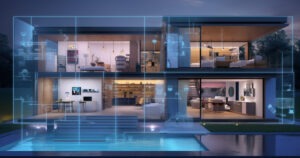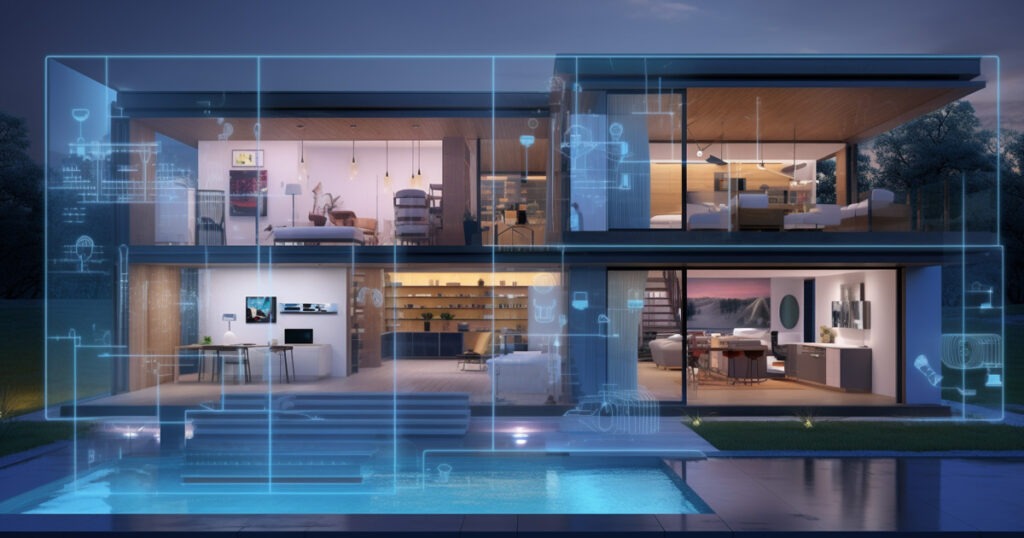As the world grapples with climate change and resource scarcity, sustainability has become a top priority for individuals and businesses alike. Smart integration and automation offer innovative solutions to reduce energy consumption, lower costs, and promote eco-friendly practices. By leveraging technologies like smart meters, motion sensors, and energy management systems, homes, offices, and commercial spaces can significantly enhance their energy efficiency. Here’s how smart integration is paving the way for sustainable spaces.
The Role of Smart Integration in Energy Efficiency
Smart integration refers to the use of interconnected devices and systems that communicate with one another to optimize energy use. These technologies not only simplify energy management but also ensure that resources are used effectively. Whether it’s a household reducing its electricity bills or a large commercial complex meeting its sustainability goals, smart systems make energy efficiency attainable and measurable.
Key Technologies Driving Energy Efficiency
1. Smart Meters: Precision in Energy Monitoring
Smart meters are one of the most impactful tools for energy conservation. Unlike traditional meters, they provide real-time data on energy usage, allowing users to identify high-consumption devices and make informed decisions. For homeowners, this might mean adjusting appliance usage during off-peak hours to save money. For businesses, smart meters can help pinpoint inefficiencies, leading to better operational practices.
For example:
- A retail store can track energy use across multiple outlets, identifying areas where energy-saving measures can be implemented.
- A household can monitor the energy consumption of specific appliances, such as air conditioners or refrigerators, and adjust usage patterns accordingly.
2. Motion Sensors: Energy Savings Without Compromise
Lighting and HVAC systems account for a significant portion of energy use in both residential and commercial spaces. Motion sensors offer a simple yet effective way to reduce unnecessary energy consumption. These sensors detect movement and automatically turn off lights or adjust temperature controls in unoccupied rooms.
Applications include:
- Homes: Lights in hallways or bathrooms that only turn on when someone enters.
- Offices: Automated lighting systems in meeting rooms and common areas that turn off when not in use.
- Commercial Spaces: Smart HVAC systems that adjust heating or cooling based on room occupancy.
3. Energy Management Systems: The Brain of Smart Integration
Energy management systems (EMS) bring all smart devices together, providing a centralized platform to monitor and control energy use. These systems use data analytics and AI to optimize energy distribution, ensuring that resources are used efficiently.
Key benefits:
- Predictive Maintenance: EMS can predict when appliances or systems are underperforming, preventing energy wastage.
- Custom Schedules: Users can create schedules to automatically power down devices during non-operational hours, such as overnight in office buildings.
- Integration with Renewable Energy: EMS can manage energy storage systems, such as solar batteries, ensuring maximum utilization of renewable resources.
Benefits of Smart Integration for Sustainable Spaces
- Lower Energy Costs: Automated systems reduce unnecessary power consumption, leading to significant savings on utility bills.
- Environmental Impact: Reduced energy use translates to lower greenhouse gas emissions, contributing to global sustainability efforts.
- Increased Comfort: Smart systems ensure optimal temperature, lighting, and air quality, enhancing the overall living and working environment.
- Data-Driven Decisions: Detailed insights into energy usage enable more effective energy-saving strategies.
Smart Integration in Action: Real-Life Examples
- Homes: A family installs a smart thermostat and motion-sensitive lighting, reducing their energy bills by 20%.
- Offices: A tech company integrates an EMS with occupancy sensors, cutting energy use in unoccupied spaces by 30%.
- Retail Stores: A chain of stores uses smart meters to track energy use across locations, enabling targeted upgrades and savings.
Conclusion
Creating sustainable and energy-efficient spaces is no longer a challenge, thanks to smart integration and automation. From smart meters that provide real-time energy insights to motion sensors that prevent wastage, these technologies empower individuals and businesses to optimize their energy use. As the push for sustainability grows, adopting smart integration is not just an option—it’s a necessity. With these systems in place, we can work toward a greener future while enjoying the benefits of lower costs and enhanced comfort.





